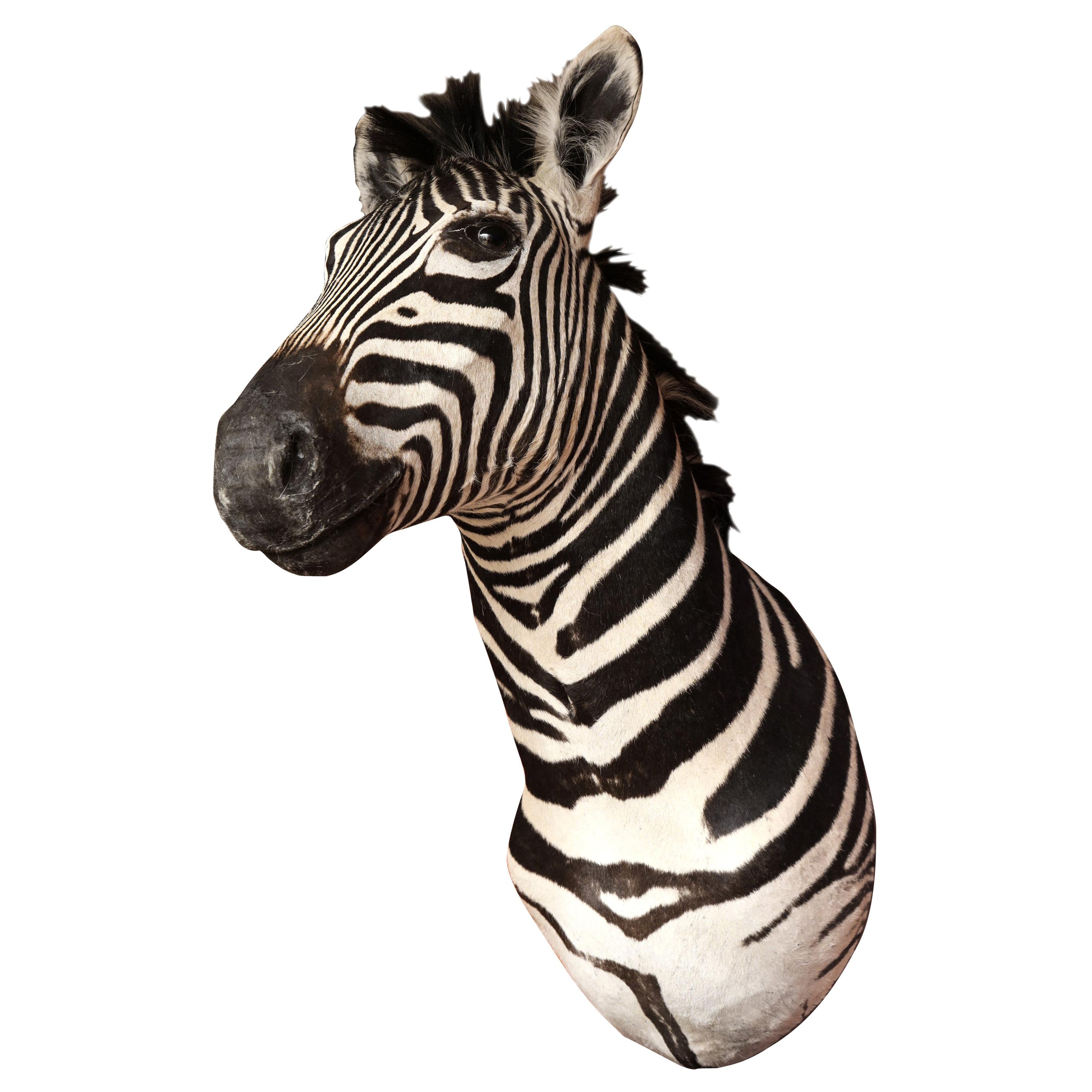
(8) Visual signalling of fitness 37: Irregularities in the stripe pattern because of injuries or other dysfunctions could visually signal the poor physical condition of a zebra for mate-seeking conspecifics. (7) Visual defence against blood-sucking tsetse flies and tabanids carrying pathogens of serious diseases 25, 26, 27, 28, 29, 30, 31, 32, 33, 34, 35, 36: Since tsetse flies and tabanids avoid striped targets and prefer homogeneous objects, they do not bite zebras as frequently as solidly coloured host animals. (6) Warning colouration, or aposematism 6, 17: The conspicuous black-white striped pattern of zebras may offer protection by advertising antipredator defenses, such as dangerous kicks and bites, and thereby warn predators to avoid them. (5) Intraspecific communication by individual stripe patterns 8, 12, 22, 23, 24: Zebras could recognize each other by means of their individual stripe patterns, which can be visual markers for group bonding and/or particular body parts for grooming. (4) Optical camouflage from predators 2, 3, 4, 17, 18, 19, 20, 21: Stripes may dissolve the animal contour and thus could blend in zebras with their background. (3) Dazzling the eyes of predators by moving stripes 12, 13, 14, 15, 16: The moving stripes of escaping zebras may dazzle and confuse their predators, which could difficultly select an individual zebra from the herd. (2) Decreased visibility in twilight 1, 7, 8, 10, 11, 12: At dusk and dawn or in moonshine, stripes might be difficult to discern. The main hypotheses are the following 5, 6: (1) Apparent size increase 6, 7, 8, 9: The stripes could induce a visual illusion increasing the apparent size of zebras and could ensure an advantage over their predators. Since the debate among Galton 1, Wallace 2, 3 and Darwin 4 between the 1850’s and 1870’s, multiple ideas have been proposed for possible functions of zebra stripes. To eliminate this risk, a good evolutionary strategy was the avoidance of striped (and spotted) host animals.

The frequent false vessel locations at the numerous black–white borderlines, the subsequent painful bitings with unsuccessful blood-sucking attempts and the host’s fly-repellent reactions enhance considerably the chance that horseflies cannot evade host responses and are swatted by them.

This is consistent with the flies’ well-documented attraction to warmer temperatures and provides indirect support for the proposed hypothesis. This is because the black stripes are warmer than the surrounding grey areas in the sun, but not in the shade. We found that horseflies spend more time walking on thin black stripes than surrounding grey areas as expected by chance, but only when the substrate is sunlit.

To test this hypothesis, we performed a field experiment with tabanids walking on a host-imitating grey test target with vessel-mimicking thin black stripes which were slightly warmer than their grey surroundings in sunshine, while under shady conditions both areas had practically the same temperature as demonstrated by thermography.
#Zebra hides skin#
We propose here a plausible hypothesis why biting horseflies avoid host animals with striped pelages: in sunshine the temperature gradients of the skin above the slightly warmer blood vessels are difficult to distinguish from the temperature gradients induced by the hairs at the borderlines of warmer black and cooler white stripes. The most thoroughly experimentally supported advantage of zebra stripes is their visual unattractiveness to horseflies (tabanids) and tsetse flies. Multiple hypotheses have been proposed for possible functions of zebra stripes.


 0 kommentar(er)
0 kommentar(er)
